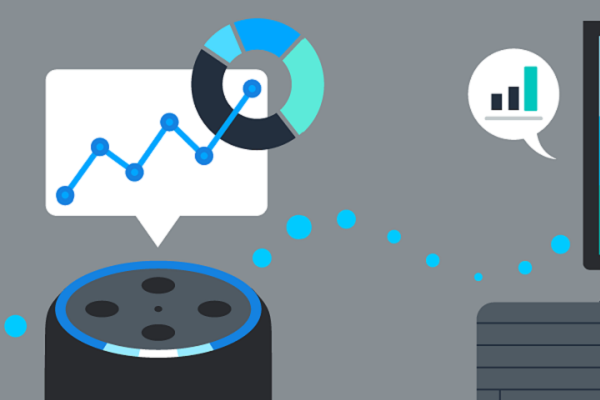Alexa Can Now Track, Report, and Reduce Smart Home Device Energy Usage
 Alexa can now monitor the energy used by connected smart home devices, alerting users to where energy is consumed. The information is collated on the new Alexa energy dashboard, which the voice assistant can also use as a data source to proactively turn off devices that aren’t in use to save energy and money.
Alexa can now monitor the energy used by connected smart home devices, alerting users to where energy is consumed. The information is collated on the new Alexa energy dashboard, which the voice assistant can also use as a data source to proactively turn off devices that aren’t in use to save energy and money.
Alexa Energy
The Alexa energy dashboard first started appearing in the Alexa app in September. It showed users the estimated energy used by devices connected to the voice assistant but had a limited variety of devices that could be counted. Far more smart home device makers can now connect their products to the updated dashboard with the new API, including lights, TVs, water heaters, thermostats, plugs, and switches. The devices can either tell Alexa how much energy they are using or allow the AI to estimate the amount using its own algorithms.
“By integrating Alexa’s energy dashboard, you can make your existing and new devices smarter and more appealing to an increasing number of customers who are looking to make their homes more sustainable,” Amazon’s Ben Grossman explained in a blog post. “Customers can see if your device supports the energy dashboard on the Amazon.com energy dashboard webpage and on your product’s detail page, differentiating your product and building confidence that they can track and save on energy usage. With the energy dashboard, we aim to make it easier to make a positive impact on the planet and we invite you to join us in making a difference together.”
Proactive AI
Tracking energy use can be helpful even when the user isn’t paying attention. The device makers can allow Alexa to use the Hunches feature to turn off unnecessary lights and devices without the user having to do so themselves. Hunches first enabled Alexa to examine common behavior by users and suggest scheduling activities like turning on or off lights. Now, it can proactively operate smart home devices, implementing Hunches and adjusting smart lights, plugs, and thermostats without asking permission each time. There’s a lot of ways energy can be conserved if Alexa is allowed to do so.
The new feature also complements Amazon’s ongoing efforts to expand its list of smart home partners. Over the summer, Amazon came out with a new version of the Alexa Connect Kit (ACK) module, costing about half the earlier iteration. Announced during the Alexa Live presentation, the idea is to use the lower price to encourage device manufacturers to embed Alexa in their Internet of Things products. The ACK Module with Espressif Chipset integrates Alexa into a device without the builder needing to design any firmware or set up an Alexa skill. Energy tracking has wider implications, as well. The Alexa for Residential program tries to streamline the process of supplying smart home devices to property owners who rent out their rooms and houses. Tying those devices to energy tracking would be very helpful for both sides of the lease when determining potential costs.
Follow @voicebotai Follow @erichschwartz








